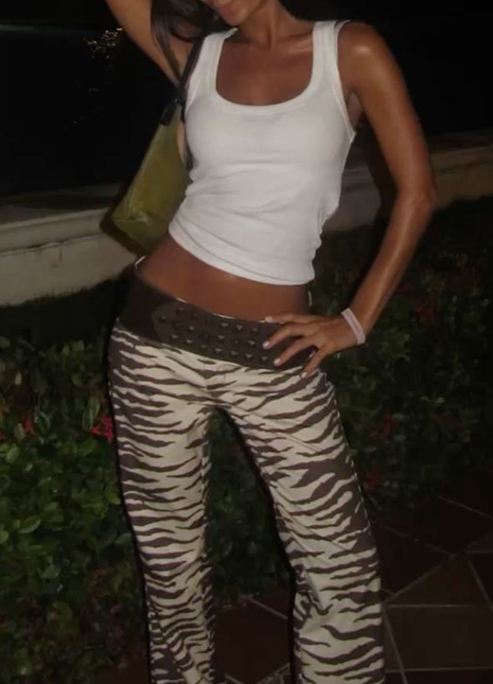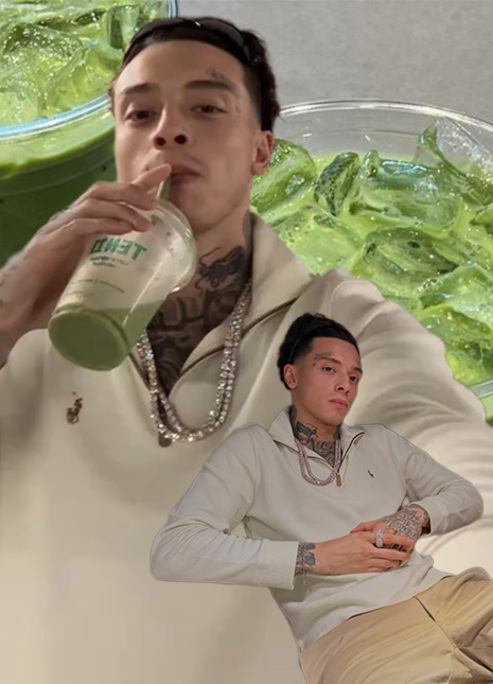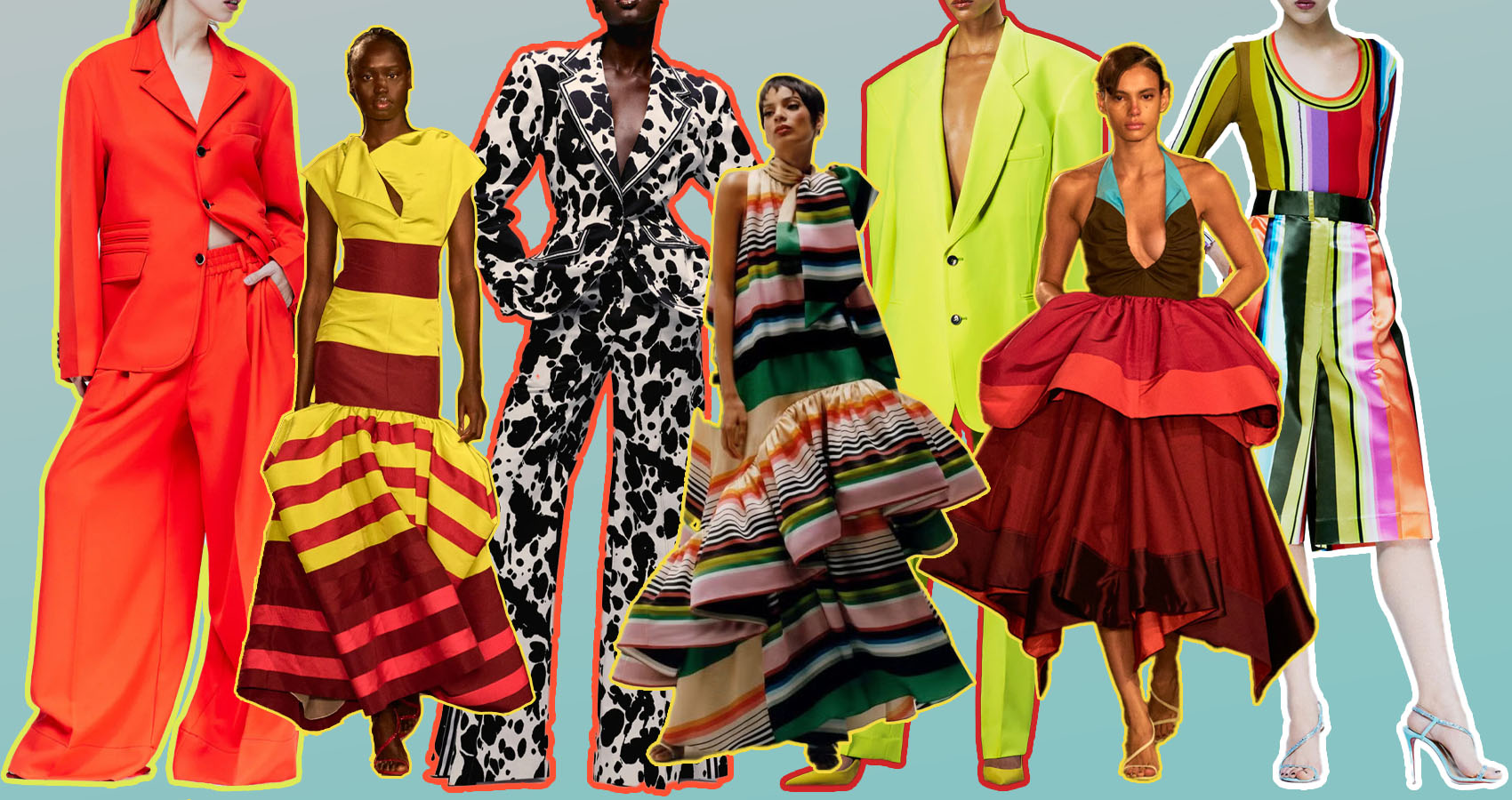
Christopher John Rogers Returns—But Does Fashion Deserve Him?
The system moves fast, but Rogers moves smarter.
Christopher John Rogers’ comeback is being treated like the second coming. Five years after his last runway, the designer who made a name for technicolor maximalism is returning to New York Fashion Week just as fashion finds itself swallowed whole by quiet luxury and algorithm-heavy minimalism. The contrast is almost comical.
Taking a Break on His Own Terms
But this wasn’t just a break. This was strategy. Rogers, who skyrocketed to industry fame after winning the CFDA/Vogue Fashion Fund in 2019, saw the industry’s cycle and chose not to play along. Fashion has a habit of burning out its brightest minds. It plucks young talent from obscurity, shoves them on an impossible pedestal, and watches as they either scale up too fast, sell out, or disappear altogether.
Staying on Top: His Vision Beyond the Runway
Instead of surrendering to fashion’s relentless churn, he chose patience, refining his vision and expanding his influence beyond the runway. His Target collaboration brought his bold aesthetic to the masses. He dressed Kamala Harris for her historic inauguration, cementing his place in cultural history. And despite his absence from the traditional calendar, his structured silhouettes and gender-fluid tailoring still shaped the industry, laying out an alternative blueprint for success. His influence is seen through designers like Harris Reed’s sculptural fluidity and even through the exaggerated proportions Pierpaolo Piccioli pushed at Valentino.
Challenging the Fashion System
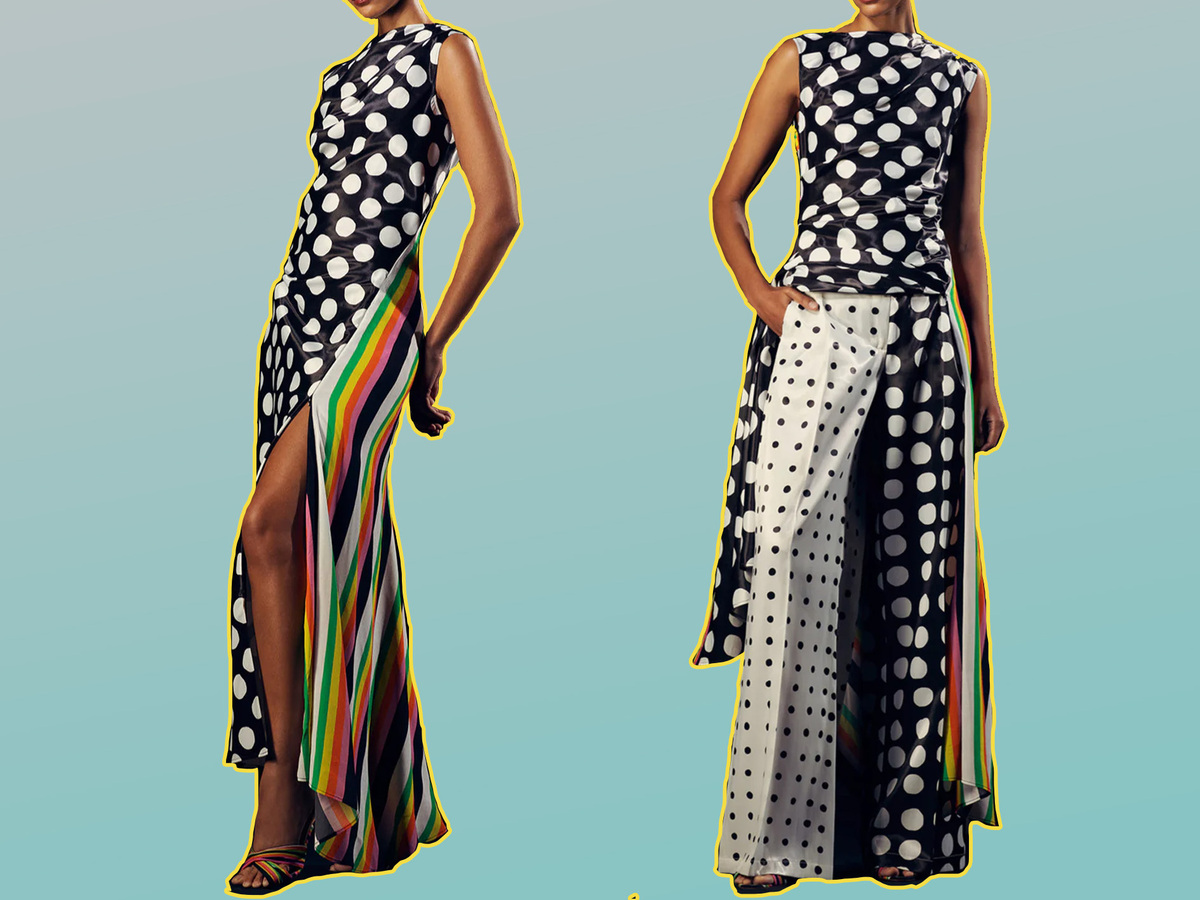
His return is a challenge to a system that makes longevity a privilege reserved for those with deep corporate backing. Runway shows are financial sinkholes, and production schedules are brutal. Independent designers are expected to fight for survival rather than be given the resources to thrive. And yet, Rogers found a way. While many designers who take a hiatus struggle to return, he maintained visibility through capsule collections and strategic collaborations, keeping his brand alive without overextending himself.
A Colorful Break From Minimalism
Now that he’s back, Rogers is stepping into a landscape that has doubled down on minimalism, a trend reinforced by economic uncertainty and social media’s moodboard-driven homogenization. Taupe, beige, and black have become the uniforms of a generation navigating inflation and job instability, where the promise of luxury feels like an attainable aspiration, even if it’s just an aesthetic illusion. Rogers, by contrast, is a riot of color, volume, and movement—a necessary disruption to a space that has flattened itself into submission in pursuit of an effortless, mass-approved ideal.
Fashion’s Back-and-Forth: Rogers Shaping the Next Chapter
Fashion’s pendulum has always swung between extremes—opulence and restraint, excess and austerity—shaped by the cultural and economic forces of the time. Dior’s “New Look” rejected wartime frugality with voluminous skirts. The ‘80s pushed power dressing to its peak before the ‘90s stripped it back to sleek minimalism. Today, the industry is once again in a contraction phase, but Rogers bends that trajectory.
Maximalism: Fun in Theory, Tough in Practice
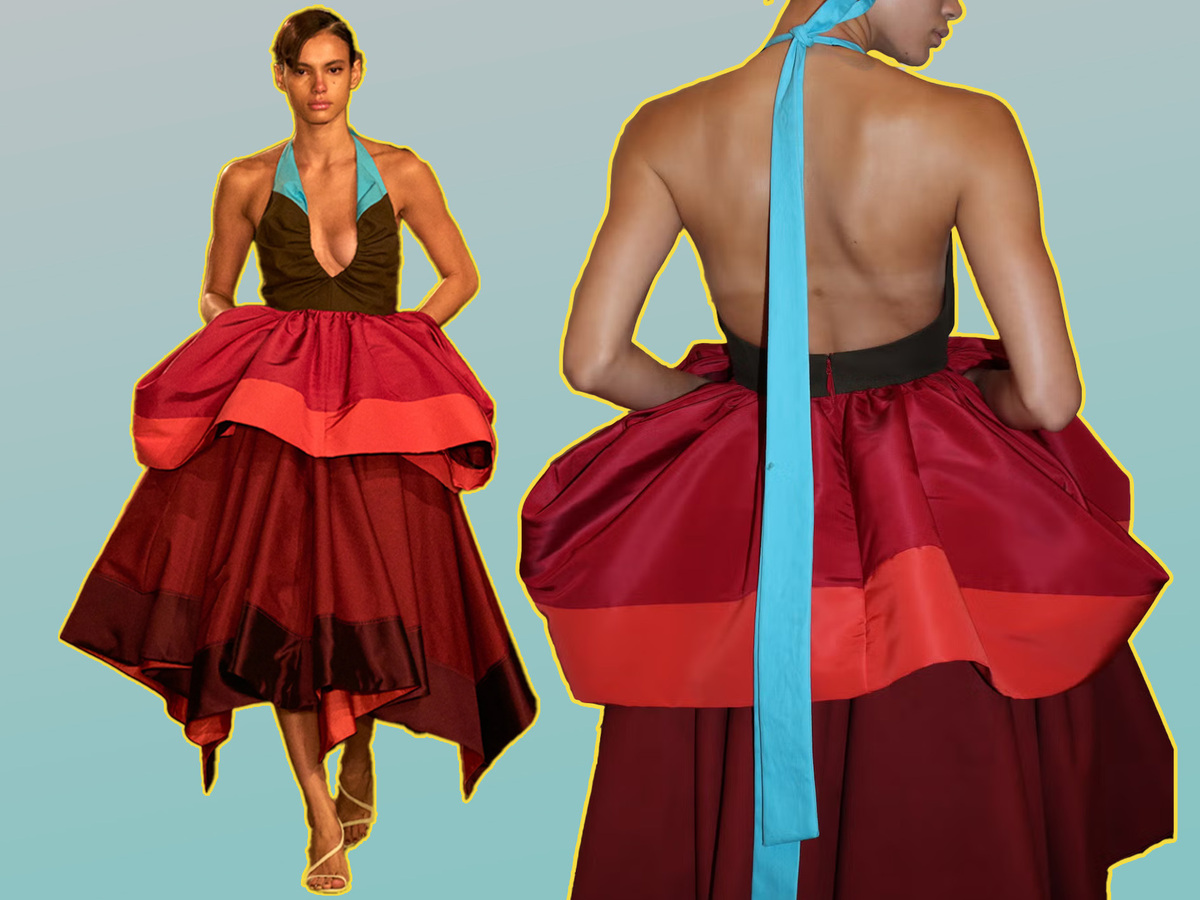
But here’s the uncomfortable truth: fashion loves maximalism in theory, but it rarely sustains it. The industry has already pushed out designers like Phoebe Philo, Raf Simons, and Martin Margiela—creatives who either walked away or were chewed up and spat out by the system. Even avant-garde houses like Viktor & Rolf have had to pause their haute couture ventures, only returning when timing (and funding) aligned. Rogers remains an anomaly, one of the few designers managing to balance creative independence with commercial viability.
More Than Fashion: A Voice for Individuality
Rogers represents something bigger. His designs reject the industry’s gatekeeping tendencies, celebrating individuality and inclusivity in ways that resonate beyond fashion’s elite. But the real test isn’t whether the industry will celebrate him now—it’s whether it will support him for the long haul.
Will Fashion Support Rogers for the Long Run?
His return forces the industry to confront its contradictions. If fashion wants to keep him, it needs to prove it deserves him. Otherwise, it won’t be Rogers who needs fashion, but fashion that needs Rogers.




